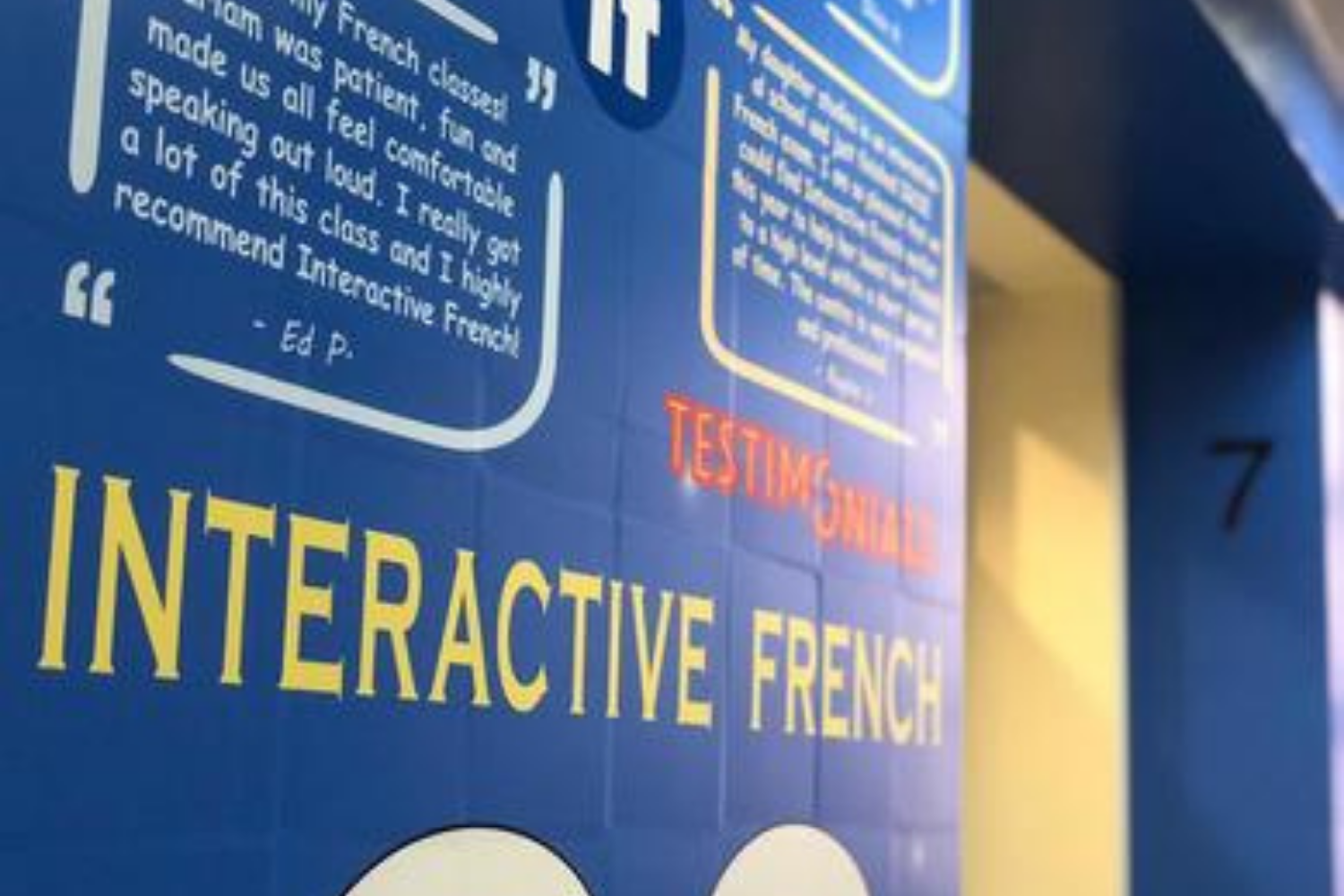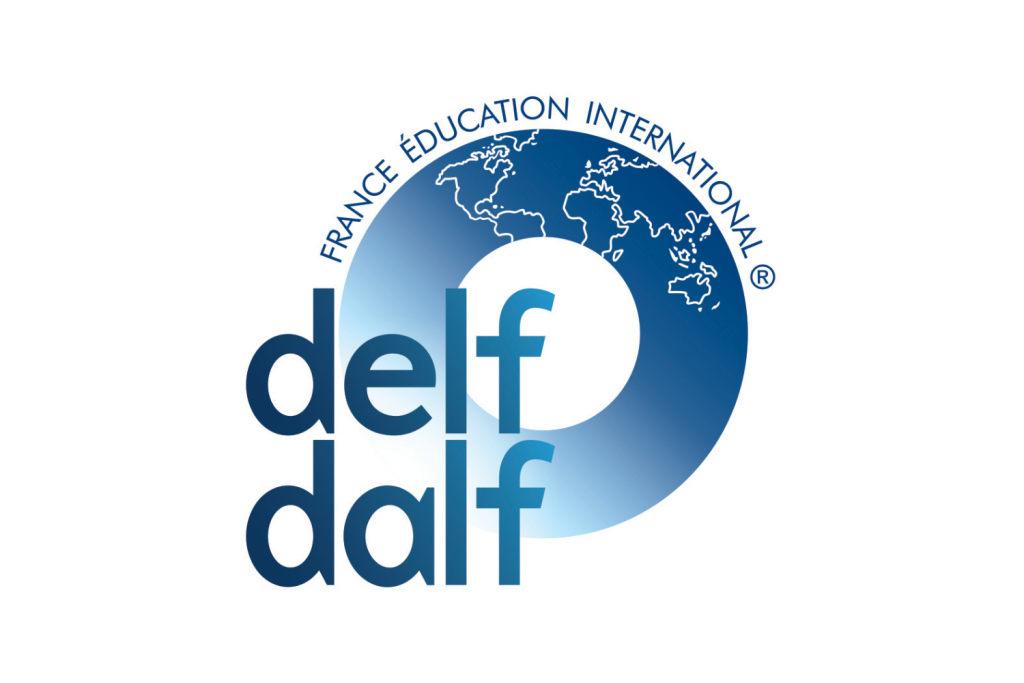SAT French (Scholastic Aptitude Test)

Understanding SAT French: A Comprehensive Guide
SAT French is one of many SAT optional subjects to certify your skills as a French learner.
The SAT, or Scholastic Assessment Test, is a standardized exam widely used for college admissions in the United States.
SAT French tests the student knowledge through 85 multiple-choice questions (grades can vary from 200 up to 800).
The questions are categorised in 3 types : Vocabulary in context, Fill in the blanks and Reading comprehension.
It requires having taken French as a subject at least two years during high school.
Why Take the SAT French?
- College Admissions: Many colleges look favorably on students who can demonstrate proficiency in a foreign language.
- Placement: Your score can influence course placement in college, potentially allowing you to skip introductory language courses.
- Language Skills: It's an excellent way to gauge and showcase your French proficiency, which can be beneficial for study abroad programs or language-related careers.
法語互動 offers tailored private lessons with native French tutors experienced with SAT French preparation.
External reference: SAT official website
Key features
Format: The test consists of 85 multiple-choice questions.
Duration: It lasts for one hour.
Content:
- Vocabulary in context
- Structure (grammar and syntax)
- Reading comprehension, including questions on a variety of texts like narratives, dialogues, and informational articles.
-Cultural knowledge of the French-speaking world.
Preparation Tips
Study Vocabulary: Focus on expanding your French vocabulary, especially terms that are commonly used in academic settings.
Grammar Review: Ensure you are well-versed in French grammar rules, including verb conjugations, sentence structure, and agreement.
Practice Reading: Regularly read French texts. This not only improves comprehension but also familiarizes you with different writing styles and cultural nuances.
Cultural Knowledge: Gain insights into the culture of French-speaking countries through movies, music, and cultural exchange programs.







